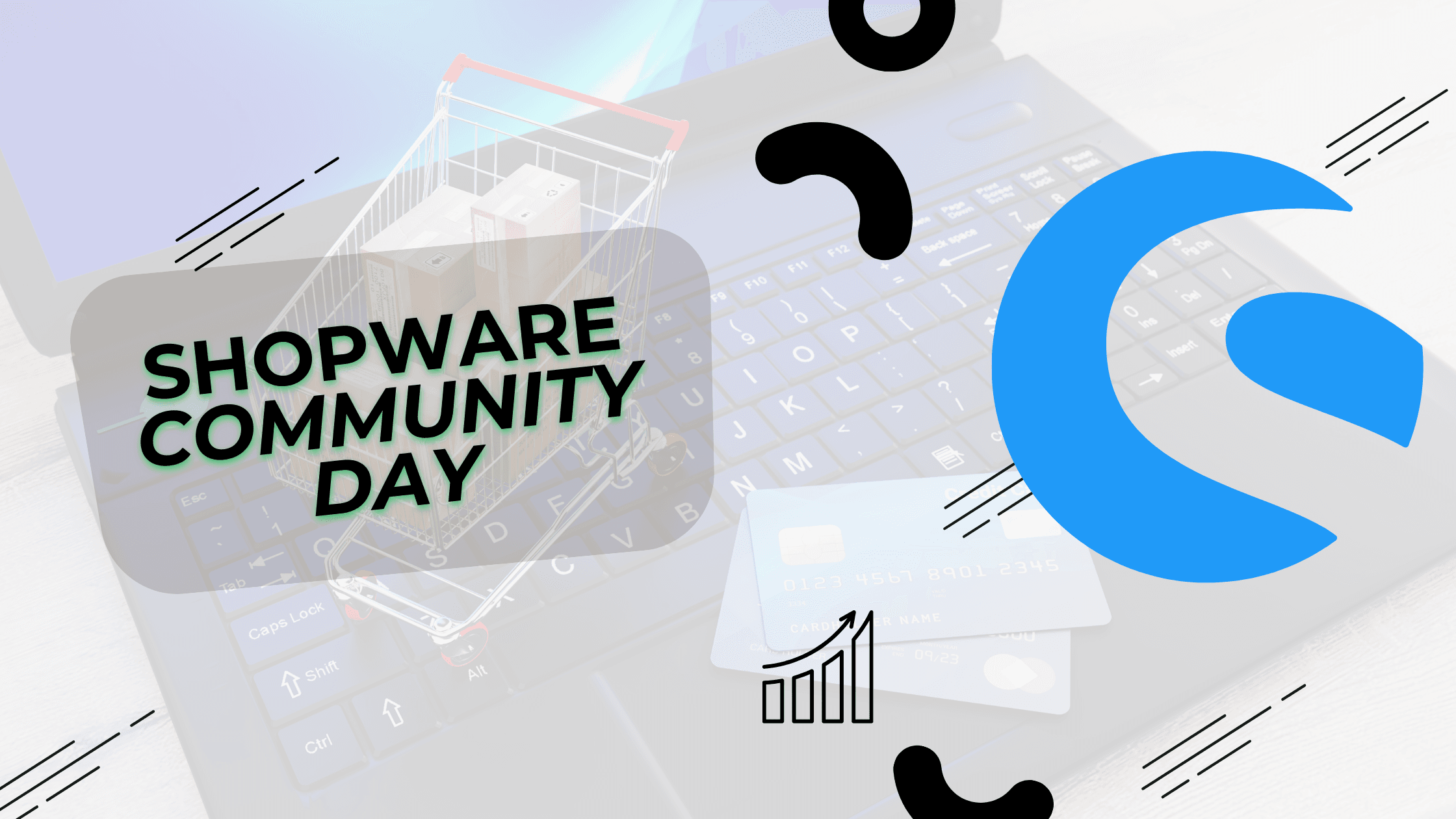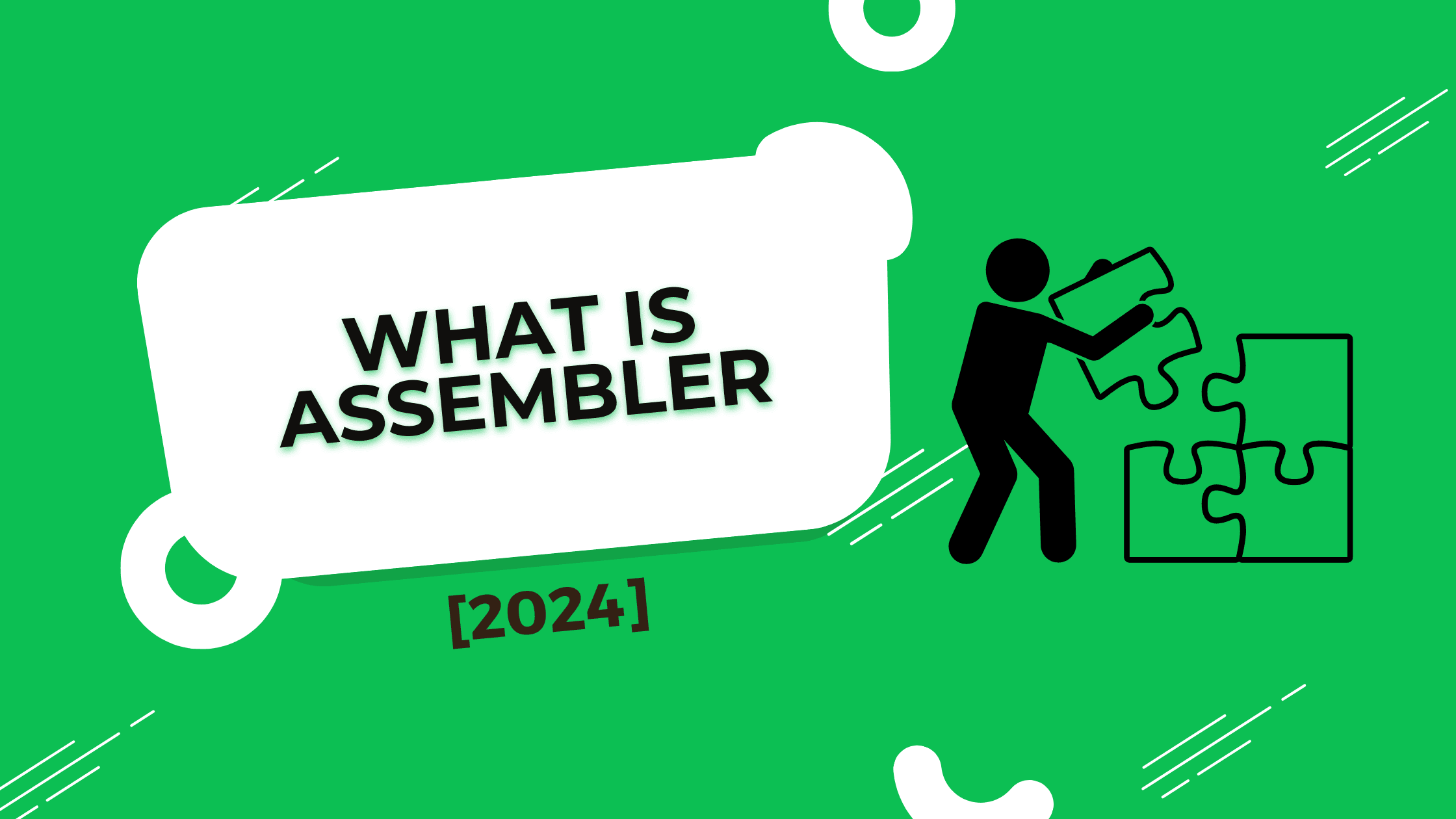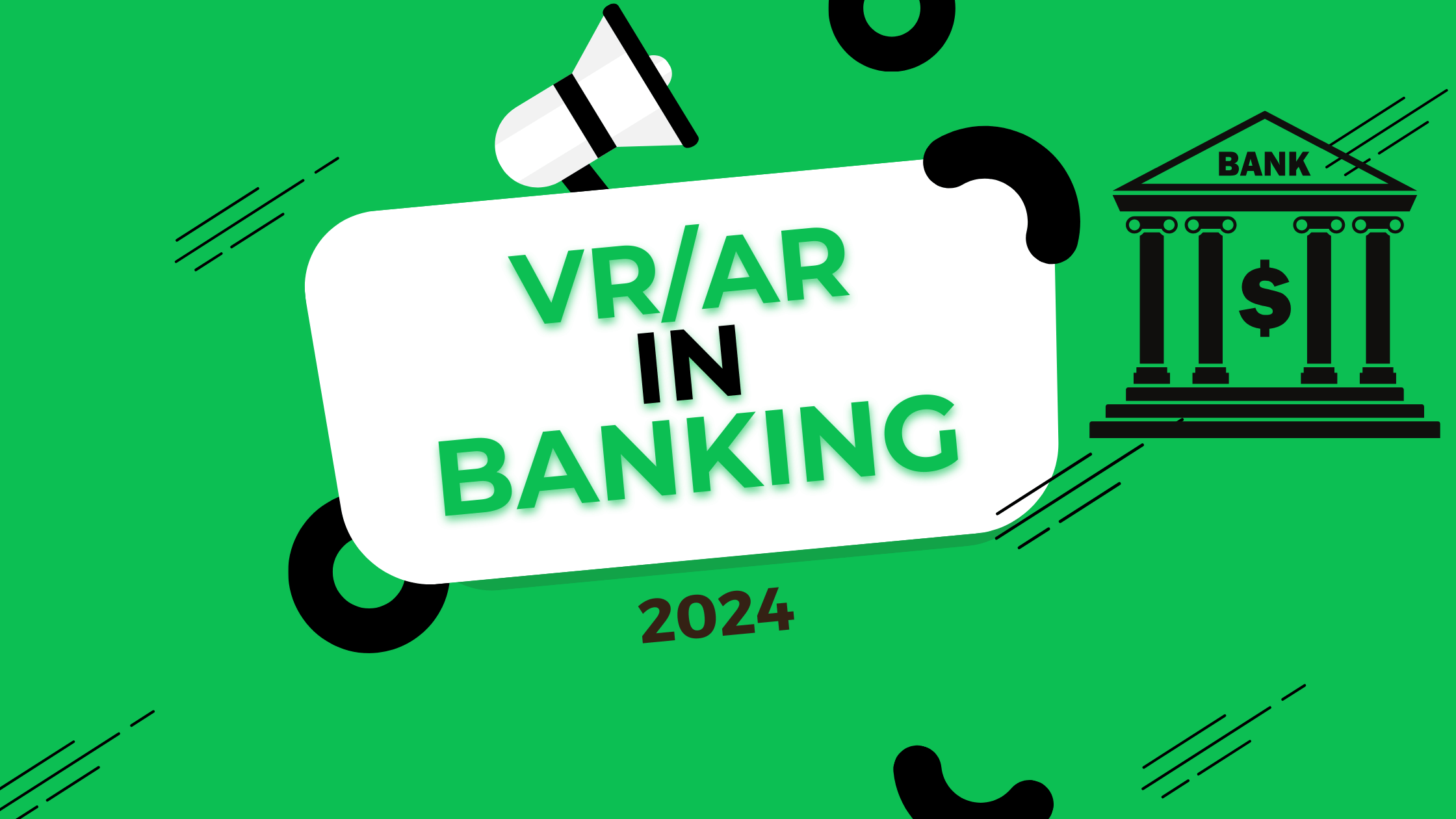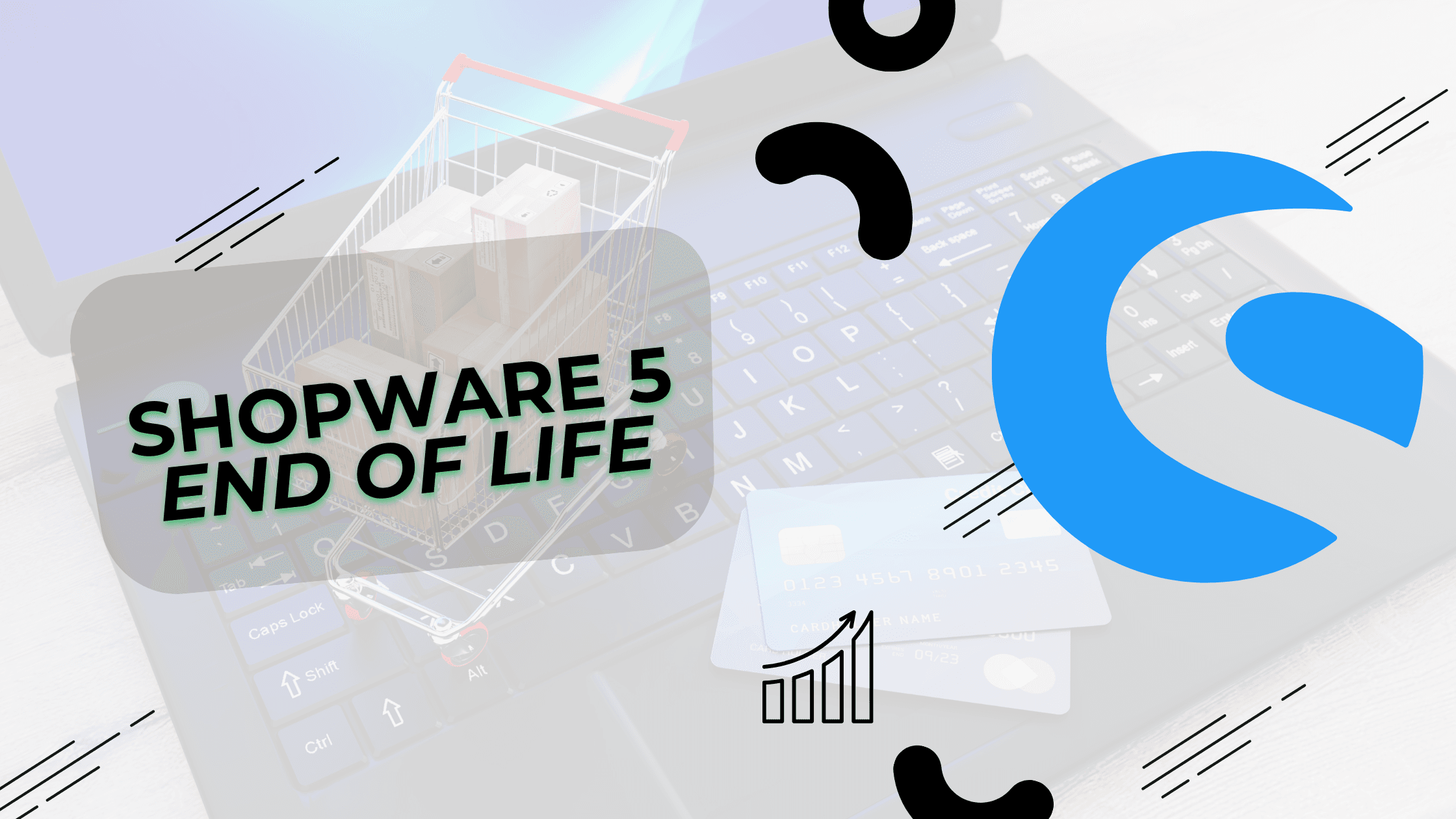Przykłady architektury SOA: Rzeczywiste zastosowania architektury zorientowanej na usługi
Architektura zorientowana na usługi (SOA) to projekt oprogramowania, w którym usługi są dostarczane innym komponentom przez komponenty aplikacji za pośrednictwem protokołu komunikacyjnego w sieci. SOA można postrzegać jako sposób na tworzenie rozproszonych systemów oprogramowania przy użyciu luźno powiązanych usług. W tym artykule zbadamy rzeczywiste przykłady architektury SOA, pokazując, w jaki sposób ten styl architektoniczny jest stosowany w różnych branżach.
Aby uzyskać kompleksowe zrozumienie zasad i koncepcji SOA, zapoznaj się z naszym szczegółowym przewodnikiem na temat Architektura SOA.
Krótki przegląd architektury zorientowanej na usługi
Zanim zagłębimy się w przykłady, szybko podsumujmy, z czym wiąże się SOA:
Architektura zorientowana na usługi to styl architektoniczny, który kładzie nacisk na wykorzystanie luźno powiązanych usług do tworzenia systemów oprogramowania. Służy do tworzenia rozproszonego oprogramowania i zwiększania interoperacyjności między różnymi usługami. Implementacje SOA często zawierają szynę usług dla przedsiębiorstw (ESB), aby ułatwić komunikację między usługami.
Kluczowe cechy SOA obejmują:
- Umowa o świadczenie usług: określa sposób interakcji między usługodawcą a konsumentem.
- Interfejs usługi: Określa sposób wywoływania funkcjonalności usługi.
- Rejestr usług: Przechowuje interfejsy usług i specyfikacje implementacji
- Luźno powiązane usługi: Zmiany w jednej usłudze nie wpływają na inne
Należy pamiętać, że architektura zorientowana na usługi różni się od architektury monolitycznej i architektury mikrousług. Podczas gdy SOA i mikrousługi dzielą pewne podobieństwa, mają one różne cechy. Aby lepiej zrozumieć te różnice, przeczytaj nasz artykuł na temat SOA a mikrousługi.
Przykłady architektury SOA
Przeanalizujmy, w jaki sposób SOA jest wdrażana w różnych branże i aplikacje.
1. Platforma handlu elektronicznego
Platforma e-commerce jest doskonałym przykładem implementacji SOA. Oto jak usługi mogą być zorganizowane:
- Usługa katalogu produktów
- Usługa przetwarzania zamówień
- Usługa płatności
- Usługa uwierzytelniania użytkowników
- Usługi wysyłkowe
- Usługa rekomendacji
W tej architekturze każda usługa działa niezależnie, ale może być łączona w celu stworzenia pełnego doświadczenia e-commerce. Dostawca usługi (np. Product Catalog Service) i żądający usługi (np. Order Processing Service) komunikują się za pomocą określonych protokołów, często za pośrednictwem specyfikacji usług internetowych, takich jak SOAP lub REST.
2. System bankowy
Banki często wykorzystują architekturę zorientowaną na usługi do modernizacji swoich starszych systemów i poprawy elastyczności. Bankowa SOA może obejmować:
- Usługa zarządzania kontem
- Usługa przetwarzania transakcji
- Usługa składania wniosków kredytowych
- Serwis informacyjny dla klientów
- Usługa wykrywania oszustw
- Usługa raportowania
Takie podejście SOA pozwala bankom aktualizować poszczególne usługi bez zakłócania pracy całego systemu. Szyna usług korporacyjnych (ESB) odgrywa kluczową rolę w kierowaniu komunikatów między tymi usługami.
3. System informacyjny opieki zdrowotnej
W opiece zdrowotnej SOA może pomóc zintegrować różne systemy i poprawić opiekę nad pacjentem:
- Usługa elektronicznej dokumentacji medycznej (EHR)
- Usługa planowania spotkań
- Usługa rozliczeniowa
- Obsługa apteki
- Usługa wyników laboratoryjnych
- Usługa telemedyczna
Wdrożenie architektury zorientowanej na usługi w opiece zdrowotnej umożliwia lepszą interoperacyjność między różnymi usługami i systemami.
4. System rezerwacji podróży
Platformy rezerwacji podróży często wykorzystują SOA do integracji różnych usług turystycznych:
- Usługa wyszukiwania lotów
- Usługa rezerwacji hoteli
- Wypożyczalnia samochodów
- Usługa przetwarzania płatności
- Usługa profilu użytkownika
- Usługa ubezpieczenia podróżnego
Architektura ta pozwala platformie turystycznej na łatwe dodawanie nowych usług lub zastępowanie istniejących bez konieczności przebudowy całego systemu. Rejestr usług odgrywa kluczową rolę w pomaganiu usługom w odkrywaniu i komunikowaniu się ze sobą.
5. Infrastruktura inteligentnego miasta
SOA może być stosowana do zarządzania złożoną infrastrukturą miejską:
- Usługa zarządzania ruchem
- Usługi transportu publicznego
- Usługa zarządzania odpadami
- Usługa sieci energetycznej
- Służba reagowania kryzysowego
- Usługa monitorowania środowiska
Ta implementacja SOA pozwala administratorom miasta na integrację i efektywne zarządzanie różnymi systemami miejskimi. Rejestr brokerów pomaga w lokalizowaniu wpisów dla określonych usług w razie potrzeby.
6. System zarządzania łańcuchem dostaw
SOA może usprawnić złożone operacje łańcucha dostaw:
- Usługa zarządzania zapasami
- Usługa realizacji zamówień
- Usługa zarządzania dostawcami
- Usługi logistyczne
- Usługa prognozowania popytu
- Usługa kontroli jakości
Architektura ta umożliwia firmom szybkie dostosowanie się do zmian w łańcuchu dostaw i integrację z różnymi partnerami i systemami. Kolejki komunikatów są często wykorzystywane do zapewnienia niezawodnej komunikacji między usługami.
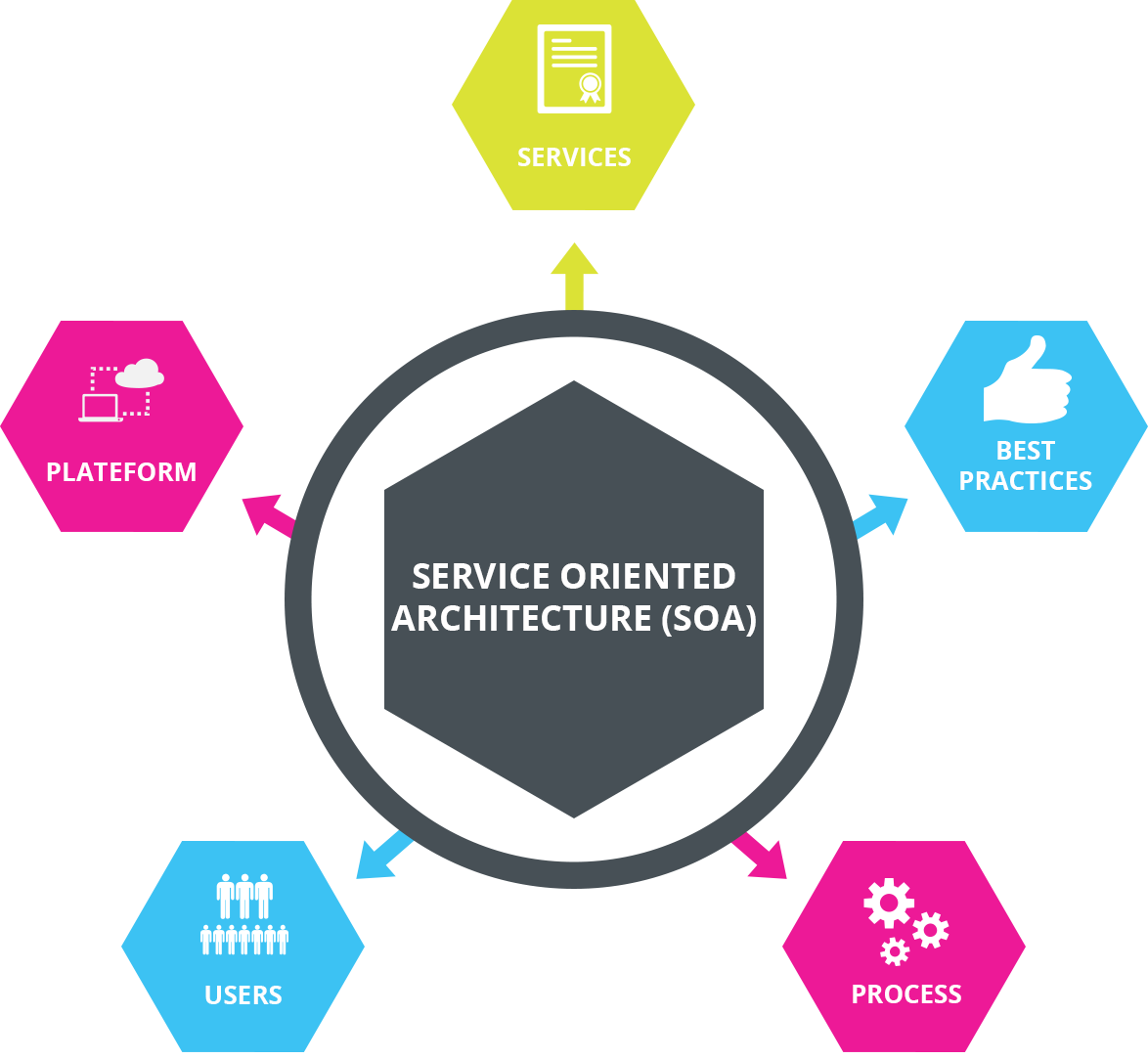
Wdrażanie SOA: Kluczowe kwestie
Podczas wdrażania SOA należy wziąć pod uwagę następujące kwestie:
- Szczegółowość usług: Określ odpowiedni rozmiar i zakres każdej usługi.
- Projektowanie interfejsów: Tworzenie przejrzystych, dobrze udokumentowanych interfejsów usług.
- Bezpieczeństwo: Wdrożenie solidnych mechanizmów uwierzytelniania.
- Skalowalność: Zaprojektuj usługi tak, aby efektywnie obsługiwały zmienne obciążenia.
- Monitorowanie: Konfiguracja systemów do śledzenia wydajności i dostępności usług.
Korzyści z SOA
SOA umożliwia organizacjom
- Ponowne wykorzystanie komponentów oprogramowania w różnych aplikacjach
- Większa elastyczność w reagowaniu na zmiany biznesowe
- Zwiększenie skalowalności systemów oprogramowania
- Zwiększenie interoperacyjności między różnymi usługami
SOA w nowoczesnym tworzeniu oprogramowania
Podczas gdy niektórzy uważają, że SOA została wyparta przez mikrousługi, wiele organizacji przyjęło SOA, aby uczynić swoje systemy bardziej elastycznymi i modułowymi. SOA można postrzegać jako zestaw zasad, które nadal wpływają na rozwój nowoczesnego oprogramowania.
Zdecentralizowany charakter mikrousług może być postrzegany jako ewolucja Zasady SOA. Mikrousługi są niezależnie wdrażane i skalowalne, co jest zgodne z naciskiem SOA na luźne połączenie.
Wnioski
Te przykłady architektury SOA pokazują wszechstronność i moc tego stylu architektonicznego w różnych branżach. Od handlu elektronicznego i bankowości po opiekę zdrowotną i inteligentne miasta, SOA zapewnia elastyczne, skalowalne podejście do projektowania oprogramowania.
Dzieląc złożone systemy na modułowe usługi wielokrotnego użytku, organizacje mogą tworzyć bardziej zwinne i elastyczne ekosystemy oprogramowania. Wraz z ciągłym rozwojem technologii, zasady SOA pozostają aktualne, pomagając firmom sprostać wyzwaniom związanym z tworzeniem i integracją nowoczesnego oprogramowania.
Niezależnie od tego, czy modernizujesz starszą monolityczną aplikację, czy tworzysz nową aplikację od podstaw, rozważenie architektury zorientowanej na usługi może zapewnić elastyczność i skalowalność, których potrzebuje Twój projekt.




